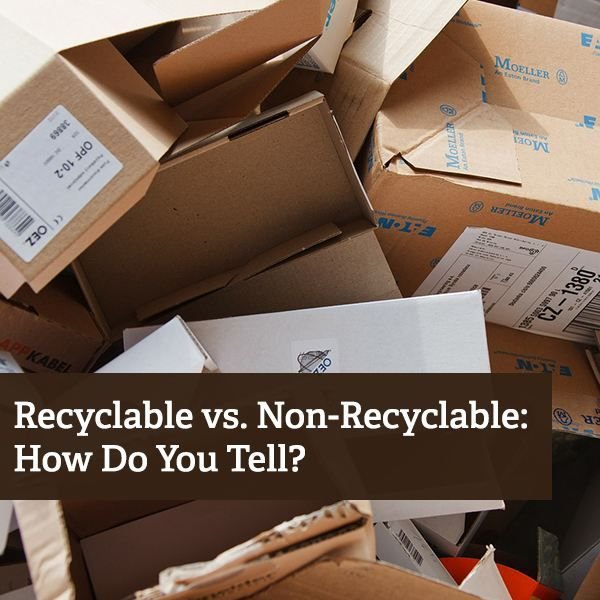How to Recognize Recyclable and Non-Recyclable Products
Note: this article is a general guideline, and applicable in most, but not all, areas. Check with your local household hazardous waste (HHW) facility for specifics for your own area.
Non-Recyclables
In most areas, the following plastics cannot be recycled: plastic motor oil boxes, flooring, plastic toys, and toothpaste tubes. This is either because of the mixed plastics used or the mess made when preparing the object for recycling (the motor oil).
Metals that often cannot be recycled: hangers, mirrors, non-food cans, aerosol cans.
Glass that often cannot be recycled: non-food glass containers, window glass
Paper that often cannot be recycled: egg cartons and phone books, because they are made of materials that have already been recycled several times. Also, books (glue), soiled paper plates, waxed paper.
Aseptic packaging (juice boxes and soy milk containers) is very difficult to recycle, but some places do. Call 1-800-888-6488 for information on aseptic recycling.
Recyclable Glass, Metal, and Paper
The vast of majority of communities recommend the following basic recycling standards. If what you’re thinking of recycling falls into these categories, it most likely can be recycled.
No: food residue, hazardous residues.
Yes: aluminum cans, cardboard, paper, unbroken clear and colored glass, foil and scrap aluminum.
Recyclable Plastics: By the Numbers
1: PET or PETE is made of polyethylene terephthalate
#1 is commonly found on water, soft drink, and juice bottles. It’s easy to recycle and accepted in virtually all recycling programs.
2: HDPE is made of high-density polyethylene
You find #2 on shampoo bottles, milk jugs, and laundry detergent bottles. #2 plastics are also very easy to recycle.
3: PVC is made of polyvinyl chloride
PVC is used in shower curtains, children’s toys, and fashion accessories, as well as some detergent and spray bottles. It is sometimes recyclable, although some people try to avoid it altogether as it is reported to be a carcinogen. Try searching 1800recycling.com to find a drop off location.
4: LDPE is low-density polyethylene
#4 is commonly used in shopping bags, reusable food containers, and baby bottles. While curbside recycling doesn’t usually accept #4, many large grocery chains accept shopping bags for recycling.
5: PP is polypropylene
PP is most often found as yogurt and deli take-out containers and reusable food storage like Rubbermaid or Tupperware. Some recycling programs accept #5.
6: PS is polystyrene
You’ll find #6 stamped on plastic egg containers, takeout food boxes, and plastic silverware. Some recycling programs accept #6.
7: None of the above
#7 is the catchall plastic number for everything else, usually composed of more than one kind of plastic. Because of this, it pretty much can’t be recycled at all.
In summary, plastics #1 and #2 are commonly recyclable. Your community may accept #5 and #6; local centers may accept #3; your local supermarket may accept #4 in the form of plastic grocery bags, and #7 is rarely or never recyclable.
Bookmark this page and refer to this list whenever you have questions about how to recognize recyclable and non-recyclable products.
References
- Recycle Guides, Obviously.com
